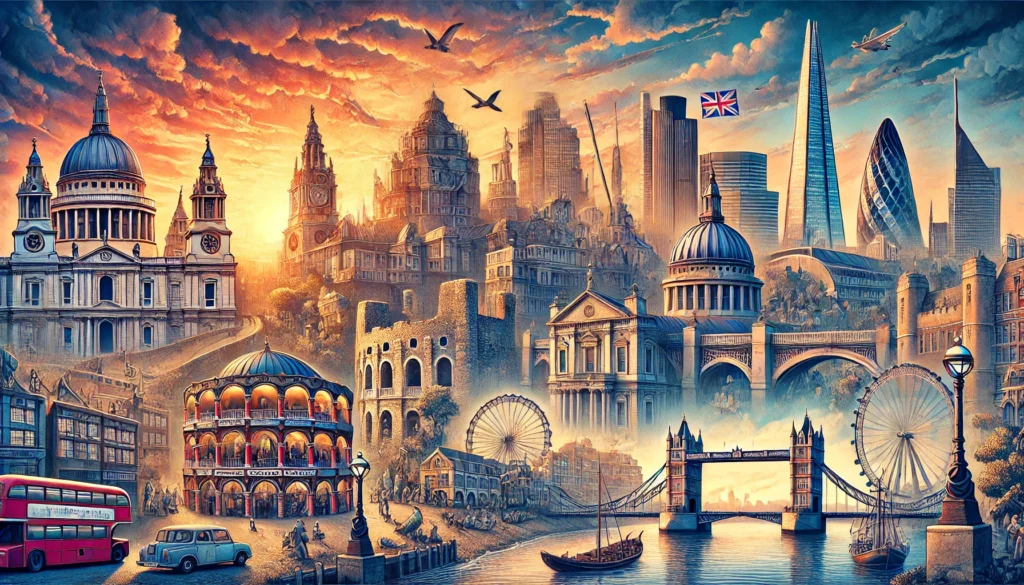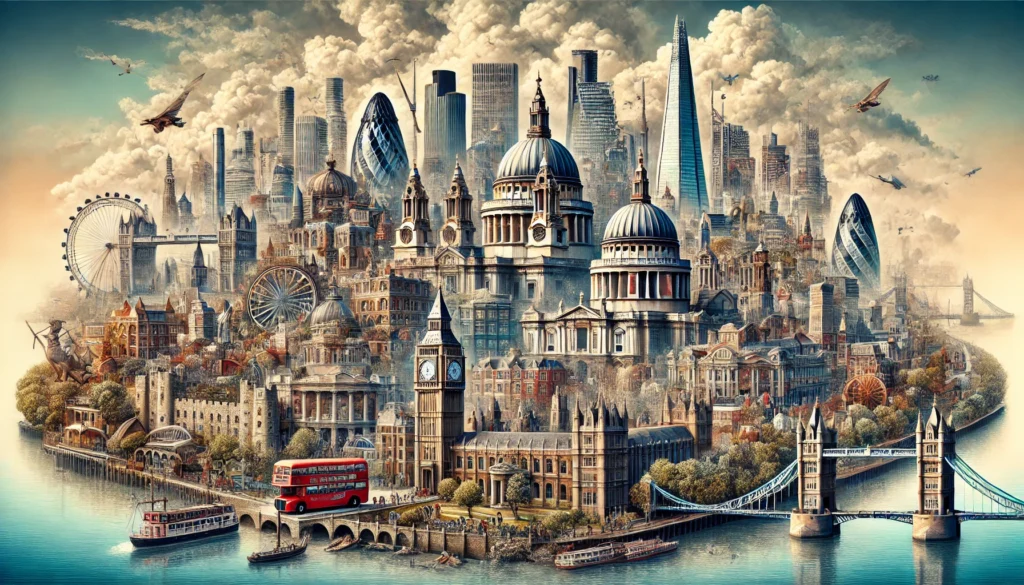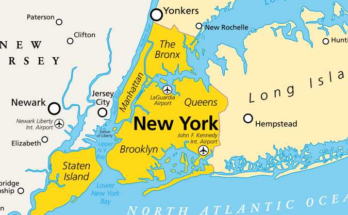London, the capital of England and one of the world’s most iconic cities, boasts a rich and layered history that spans over two millennia. From its origins as a Roman settlement to its position as a modern global metropolis, London has evolved dramatically while retaining its unique character.
London’s story begins around 43 CE when the Romans established Londinium on the banks of the River Thames. This strategic location made it a vital hub for trade and governance. By the 2nd century, Londinium had grown into a bustling city surrounded by defensive walls, parts of which still exist today. However, the decline of the Roman Empire in the 5th century left the city vulnerable, leading to its abandonment.
The Saxons later resettled the area, transforming it into a collection of small communities. By the 9th century, Viking raids had become a significant threat, but the establishment of fortified defenses under King Alfred the Great helped secure the city. In 1066, the Norman Conquest brought profound changes, including the construction of the Tower of London, which symbolized Norman power and remains an iconic landmark.

The medieval period saw London flourish as a center of commerce and culture. By the 12th century, the city was the seat of royal power, and significant institutions like Westminster Abbey and the Guildhall were established. However, London also faced challenges, including the devastation of the Black Death in 1348, which killed nearly half its population.
The Tudor period (1485–1603) marked a golden age for London. Under monarchs like Henry VIII and Elizabeth I, the city expanded dramatically. The construction of theaters, including Shakespeare’s Globe, underscored its growing status as a cultural hub. During this time, the Thames became a bustling artery for trade, connecting London to Europe and beyond.
In 1666, disaster struck with the Great Fire of London, which destroyed much of the city. This tragedy, however, led to the reconstruction of London under the visionary architect Sir Christopher Wren, who designed landmarks such as St. Paul’s Cathedral. The 18th century ushered in an era of prosperity, fueled by Britain’s colonial empire and the Industrial Revolution.

By the 19th century, London was the heart of the British Empire, with its population exploding to over six million. Iconic landmarks like Buckingham Palace, the Houses of Parliament, and the Tower Bridge were constructed during this period. However, the rapid growth also brought social challenges, including overcrowding and poverty, vividly depicted in the works of Charles Dickens.
The 20th century was a period of resilience and reinvention. London endured the Blitz during World War II, suffering widespread destruction. Post-war reconstruction transformed the city, blending historic preservation with modern innovation. The 21st century has cemented London’s status as a global leader in finance, culture, and technology, with world-class institutions like the British Museum and vibrant events such as the 2012 Olympics showcasing its dynamism.
Today, London is a vibrant, multicultural city that seamlessly blends its rich history with modernity, standing as a testament to its enduring spirit and adaptability.


